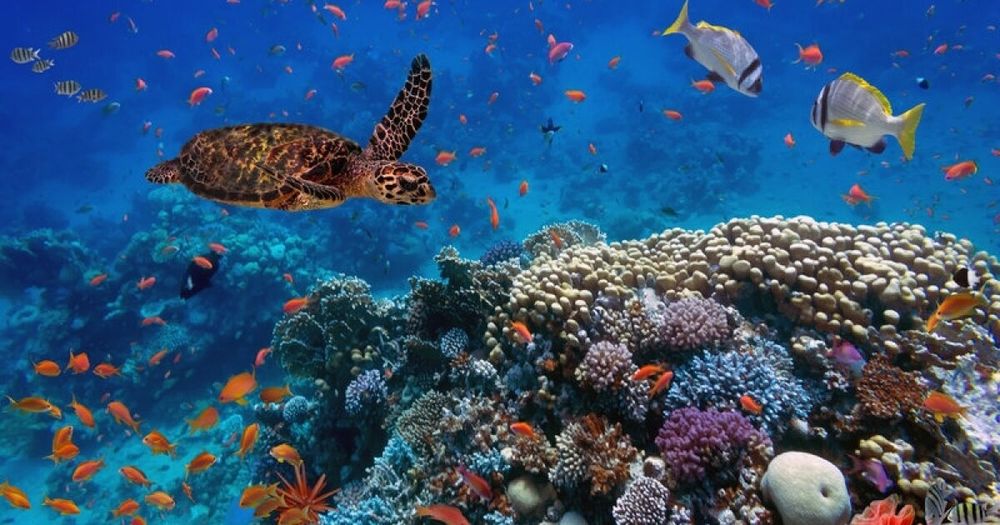


www.sciencedirect.com/science/arti...

www.sciencedirect.com/science/arti...

www.nytimes.com/2023/12/01/s...

www.nytimes.com/2023/12/01/s...
Read more: newhampshirebulletin.com/2025/10/13/w...
#InvasiveSpecies #Entomology 🧪🌍🍁

Read more: newhampshirebulletin.com/2025/10/13/w...
#InvasiveSpecies #Entomology 🧪🌍🍁
One argument is:
“The vast majority of non-native species are not a threat to native biodiversity or ecosystems (so concern about them is overblown)”.
This overlooks a few crucial points...🧵


We have an idyllic image of farming, but the truth is it has been a catastrophe for life on Earth, and is rapidly getting worse.

We have an idyllic image of farming, but the truth is it has been a catastrophe for life on Earth, and is rapidly getting worse.

🔍 Article: buff.ly/7rMkwrL
📰 Blog: buff.ly/vKJDO3M

🔍 Article: buff.ly/7rMkwrL
📰 Blog: buff.ly/vKJDO3M
Q&A with Stéphane Blanc, research director at CNRS, about the Long-term Studies in Ecology and Evolution programme and its priorities for supporting long-term monitoring and research
Free to read: rdcu.be/eQltU

Q&A with Stéphane Blanc, research director at CNRS, about the Long-term Studies in Ecology and Evolution programme and its priorities for supporting long-term monitoring and research
Free to read: rdcu.be/eQltU
He is best known for devising a surface that not even the New York Times could find a way to both-sides.

He is best known for devising a surface that not even the New York Times could find a way to both-sides.
If a microbe mutated while in space (as has happened already: astrobiology.com/2024/04/bact...) & was subsequently introduced back to Earth, should it be considered a non-native species?
My answer would be yes. [1/🧵]

If a microbe mutated while in space (as has happened already: astrobiology.com/2024/04/bact...) & was subsequently introduced back to Earth, should it be considered a non-native species?
My answer would be yes. [1/🧵]
Owing to interactions among drivers, and the increasing spread of new & well-established alien species, "simple extrapolations from the impacts of invasive alien species observed today are likely to underestimate the magnitude of future impacts."
phys.org/news/2024-06...

Owing to interactions among drivers, and the increasing spread of new & well-established alien species, "simple extrapolations from the impacts of invasive alien species observed today are likely to underestimate the magnitude of future impacts."
phys.org/news/2024-06...
phys.org/news/2021-06...
www.canr.msu.edu/news/telecou...
cdnsciencepub.com/doi/10.1139/...
www.greatlakesnow.org/2021/07/rese...

phys.org/news/2021-06...
www.canr.msu.edu/news/telecou...
cdnsciencepub.com/doi/10.1139/...
www.greatlakesnow.org/2021/07/rese...
The World Economic Forum ranks biodiversity loss and extreme weather among the decade’s top global risks.
Yet, most companies leave nature out of their strategic plans."
www.eco-business.com/opinion/busi...

The World Economic Forum ranks biodiversity loss and extreme weather among the decade’s top global risks.
Yet, most companies leave nature out of their strategic plans."
www.eco-business.com/opinion/busi...









